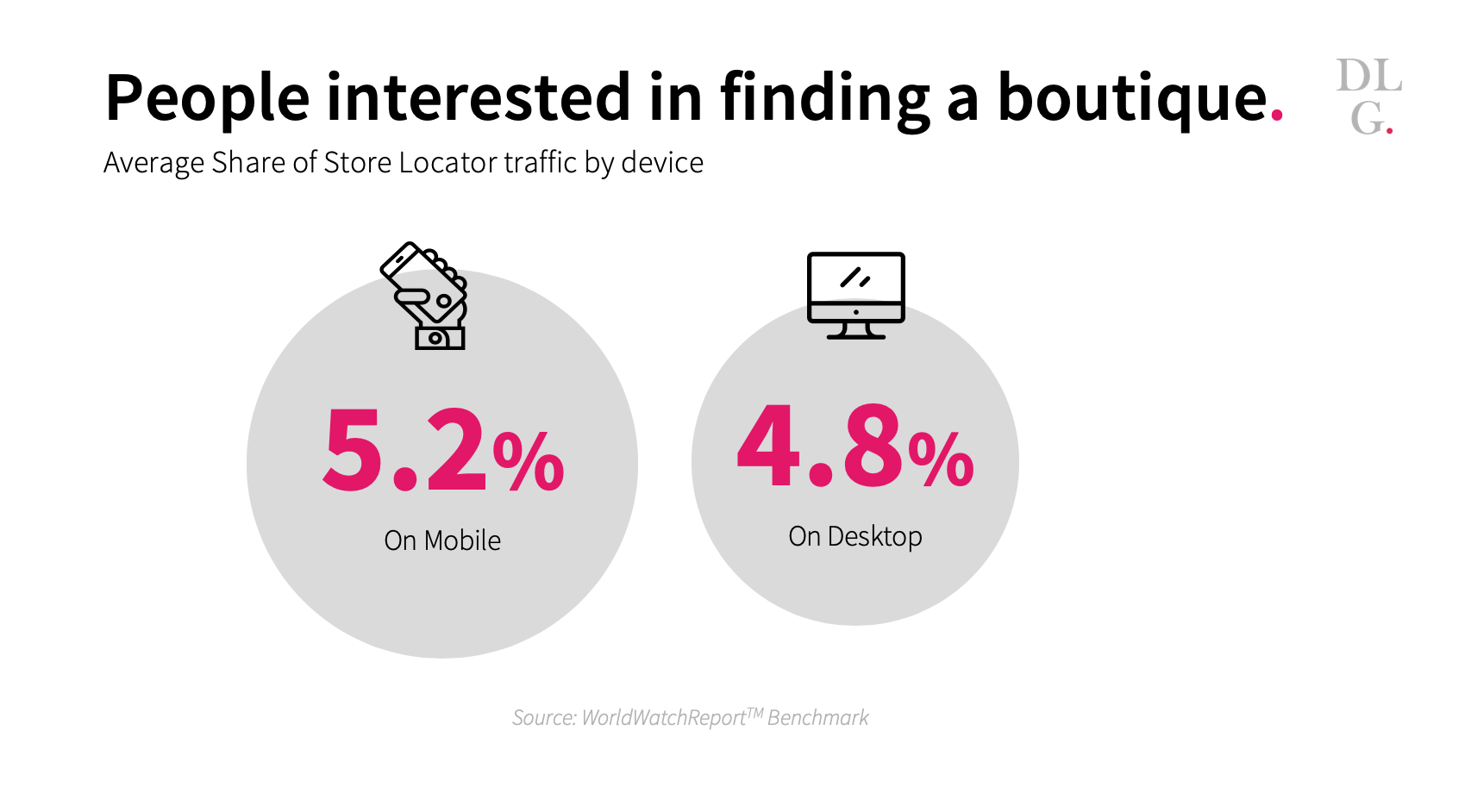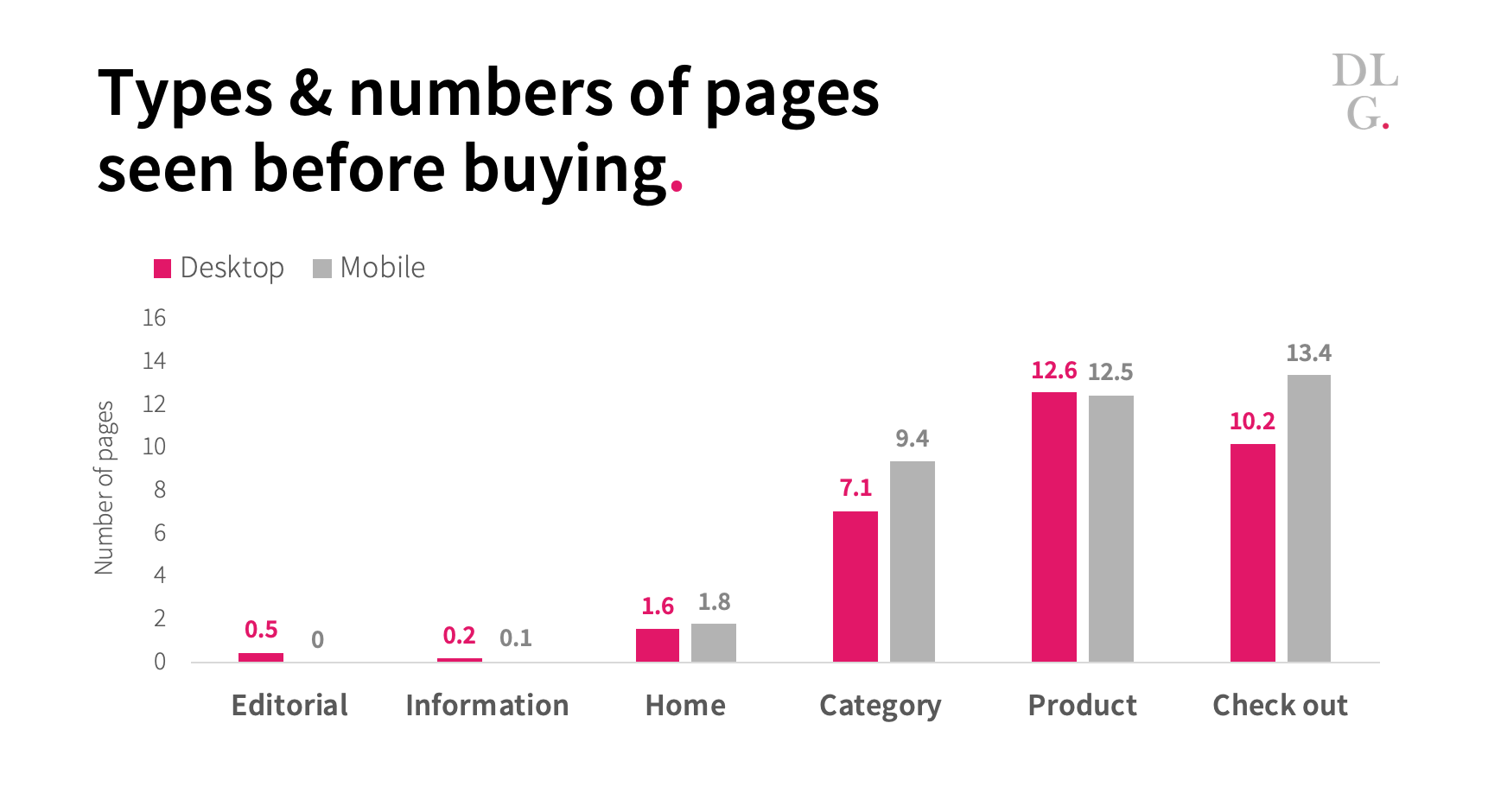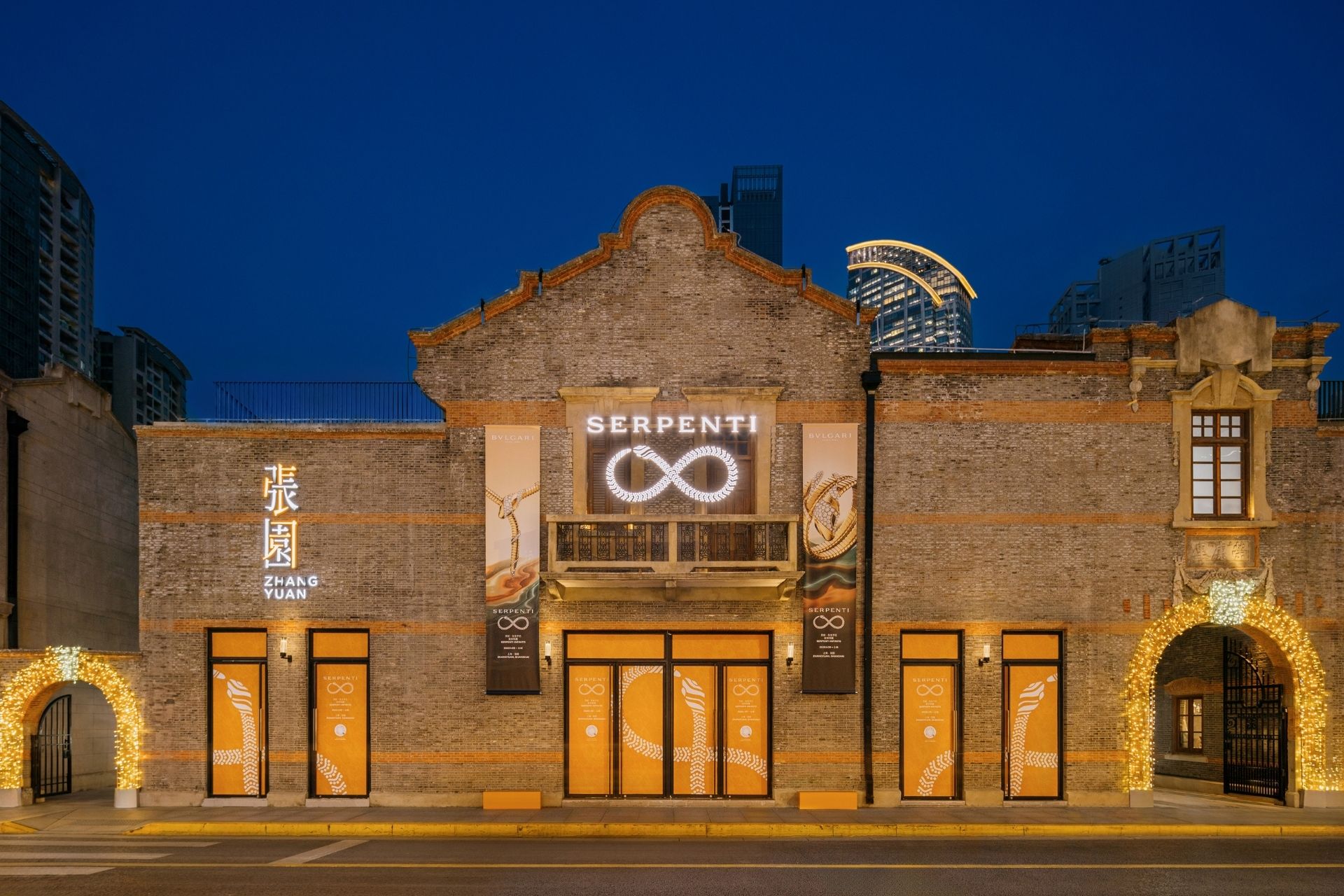
Did you know that the luxury watch and jewellery consumer is +8 percent more mobile when compared to digital shoppers from a cross-section of industries? Combined research from DLG’s WorldWatchReport Benchmark and Contentsquare takes a closer look at user navigation and conversion.
Where does one begin when assessing the behaviour of the watch and jewellery luxury shopper? With the lines between digital and brick-and-mortar becoming blurred, unifying data sets from all different viewpoints is crucial in painting a thorough picture of the modern day shopper.
Combined research from the WorldWatchReport Benchmark (WWRB), the leading market study of online performance in the watch and jewellery industry by DLG (Digital Luxury Group), a digital marketing agency based in Geneva and Shanghai and publisher of Luxury Society, and digital experience analytics platform, Contentsquare, shed light on the unique online behaviours of watch and jewellery luxury consumers, helping companies grasp a better understanding on converting insights into action.
In order to get a more holistic picture of this unique consumer segment, both sets of research were analysed with a 360-approach in mind.
Device Usage In Navigation and Conversion
Contentsquare’s data suggests that, on average, the luxury watch and jewellery consumer:
- Is 8 percent more mobile when navigating websites, when compared to a cross-section of digital shoppers (250 million sessions analysed from retail apparel, cosmetics, health, travel, banking and automotive)
- Takes 3.7 visits on mobile, compared to 6 visits on desktop to make purchase online
- Views on average, 10.5 pages per visit on mobile compared to 5.6 pages per visit on desktop
“Not accounting for cross-device behaviour and other stimuli, we are witnessing that the overall pace of site shopping for the luxury consumer on mobile is quite rapid, almost implying spontaneity,” said Christopher Peterson, Head of Data and Analytics at DLG, who oversaw the combined study.
Regarding store locator conversions, DLG’s WWRB finds that:
The average share of store locator traffic by device was 5.2 percent on mobile and 4.8 percent on desktop
This means that people are just as likely to do pre-research for a boutique from a desktop as on mobile, when it comes to finding a physical store.

Image credit: DLG.
How The Watch and Jewellery User Navigation Impacts Conversion
Brands need to look at more than just mobile vs. desktop data sets. They also need to assess the layout of their websites and which page types support e-commerce conversions most. How do these pages impact the overall site journey? By evaluating customer intent and experience, pages can be tailored to help the consumer achieve their end goals.

Image credit: Contentsquare.
While many luxury brands tend to focus on the homepage as a key touchpoint for the e-commerce shopping experience, Contentsquare’s data indicates that this page is only viewed less than two times by luxury watch and jewellery consumers who make purchases, if at all. With direct Google searches and product placements through social media, taking a multi-channel approach to reach the right clientele is something all brands should prioritise and requires thinking differently about site areas.
Category, product, and check-out pages benefit from significantly more views by both mobile and desktop users, compared to the homepage, editorial, and information sections of websites.
“Although not the sexiest, it makes rational sense to invest more in ensuring that the check-out experience—and all relevant payment, delivery, and returns information therein—is as smooth as possible as the consumer intent here is very singular (i.e., to buy) versus other areas of the site,” said Peterson.
Additionally, the data shows that a buyer session on the homepage of the website will click more on the search bar by 53 percent and the menu by 13 percent but less on the homepage carousel by 15 percent than a non-buyer session. The interaction with the search bar seems to be a positive signal of the buyer’s intent.
While it may seem easy enough to treat all consumers equally, the proof is in the data which demands a stronger need for teams to go through specific trends regarding specific user segments.
By assessing these combined insights from ContentSquare and WWRB, luxury watch and jewellery brands are able to identify the most important online behaviours of their consumer and optimise their journey towards conversion.
About the Research
The WorldWatchReport Benchmark (WWRB) 2019 study anonymises, aggregates and harmonises data from more than 15 luxury brands, to provide an exclusive industry indicator of the luxury watch and jewellery sector each year. Published by DLG since 2005, the WWRB is a leading benchmarking tool that offers brand invaluable business insights, data and solutions.
Contentsquare’s research collected 9 million sessions and analysed over 32 million pages from the luxury watch and jewellery sector in the period of September 8th to October 15th 2019.
If you’re interested in knowing more about the presented insights, contact DLG for further information.
Welcome to Data Digest, our breakdown of the latest data releases and reports focused on the luxury industry.
Cover image credit: Pexels.








